It’s been raining all day, which makes it a poetic time to write about an umbrella—of sorts.
Over the past two months, the Yellow Umbrella Initiative has been keeping me decently distracted from all the problems in the world, by tackling one head-on. This is a charity arm formed by my batchmates from St. Theresa’s College of Cebu to promote our advocacies.
Our first mission was the recently-concluded Yellow Umbrella Fund, a donation drive that aimed to provide healthcare workers in Cebu with personal protective equipment.
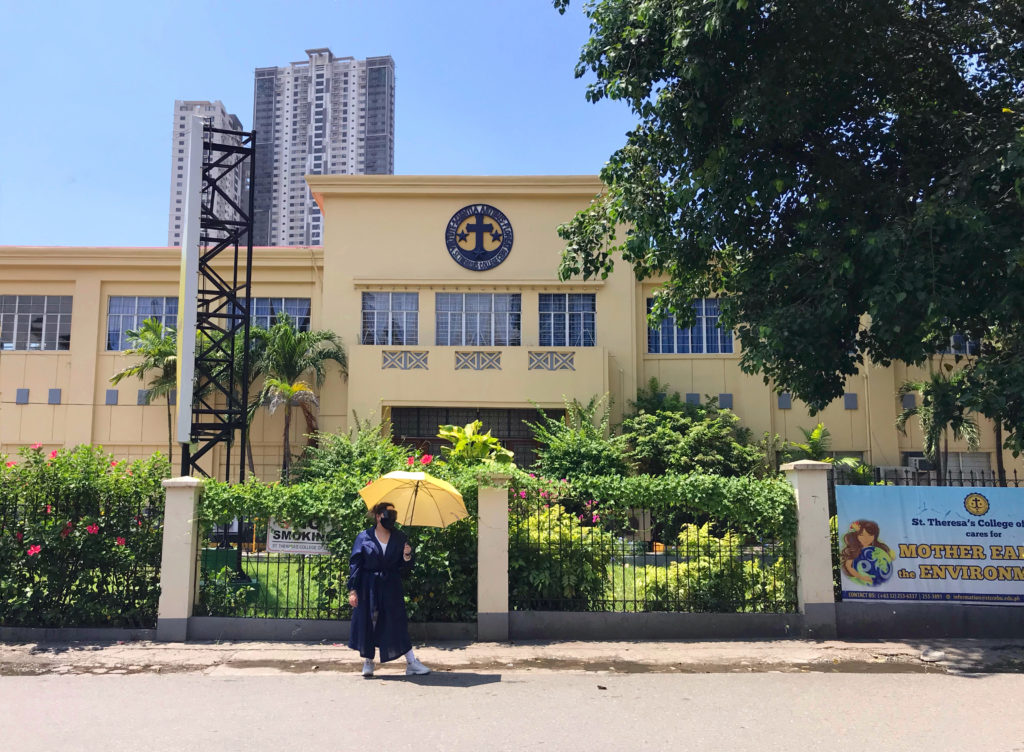
Since the outbreak of COVID-19, medical frontliners have been required to wear personal protective equipment to some degree, depending on the work that they do, and the area they work in.
Naturally, those who are assigned on COVID-19 wards or floors suit up to the maximum: a hazmat suit with scrubs underneath, surgical cap if the coverall has no hood, an N95 mask, a pair of goggles or a face shield, double gloves, dedicated shoes, and shoe covers. For those working in low-risk areas, they may only be asked to wear a pair of goggles or a face shield, and surgical masks. 1
Based on anecdotes shared by friends at the frontlines, the average healthcare worker changes hazmat suits (should they need it) at most thrice in a given shift, masks at least once or twice, and always after coming out of the COVID-19 ward or floor; and gloves are discarded after every use.
Unfortunately, personal protective equipment comes at a cost. Private hospitals have the option to charge patients for them, but public hospitals often have very limited resources. In fact, while coveralls should be disposed of after every use, they’re reused instead after being disinfected through autoclaving or soaked in water with chlorine bleach tablets. These methods do eventually wear down the suits, so they still need replacing eventually.
Also given the constraints of budget, those working at high-risk areas are prioritized. While it is perfectly logical, the sad reality is that healthcare workers in other departments draw the short end of the stick and sometimes have to pay for their personal protective equipment out of their own pockets when necessary

Early on in the pandemic, there were citizens who really stepped up and organized donation drives, fundraisers, and other commendable charity endeavors—in fact, we were personally inspired by the initiatives of our Theresian sisters from Batches 1994, 2000, and 2004.
But we’ve been here for six months already. People have had to make ends meet for themselves while adjusting to the new normal: work from home arrangements if people haven’t lost their jobs and distance learning for the students, among many other financial struggles.
Meanwhile, our healthcare workers still needed help more than ever.
It was this thought that kickstarted our own donation drive. Our batch president Atty. Luigine Chan said it best when she wrote, “The best way to sustain charity is to move as a team.” Our elder sisters began something, we took the torch that was passed on to us.
As much as we wanted to help though, we took great care in how we went about it, often to the point of being too cautious. We also had an unspoken understanding that this was something we were doing on the side, that this wasn’t a full-time job for all of us. So we set an initial goal to raise just enough to donate at least 100 hazmat suits and at least 100 N95 masks to a hospital in Cebu City, all within one month.
A given time frame. A clear goal in sight. Challenging, yet manageable.
So you can imagine how our minds were blown when we raised more than half of our intended budget for that goal in just a week. And the contributions kept coming and coming, week after week, all the way up to the 8th of August.
I can’t speak for everyone in the group, but I think it’s safe to say we were all so overwhelmed by the outpouring of generosity from our former classmates and their co-workers, friends, families… and even complete strangers who just straight-up believed and trusted in this ragtag group who purely wanted to do some good.
I’ll be honest, I used to believe there was only a small amount of kindness in this harsh world, but our humble endeavors chipped away some of that cynicism.
In the end, we got more than what we expected, which in turn allowed us to give more.
Not only that, but we were also able to expand our list of beneficiaries from just one hospital in Cebu City to a grand total of seven establishments, including hospitals and cluster clinics in neighboring cities of Mandaue, Lapu-Lapu, and Talisay.
It was really humbling and inspiring to talk to people from these medical establishments and see their dedication and willingness to save lives, despite the challenges of limited resources as well as worry that they’re going to catch the new coronavirus. Words aren’t enough to express how grateful I am to all of them for the work that they do.
And if you’re a healthcare worker reading this, THANK YOU for your service. I salute you.
Our campaign might have ended already, and the number of cases are going down which is great news, but if you have the means to help out in your own ways, whether you mobilize a team or contribute individually, please do!
Even just washing your hands regularly, wearing a mask, practicing social distancing, and staying home as much as possible will go a long way to support our healthcare heroes.
With that, allow me to share my own yellow umbrella and promote some of my favorite civilian personal protective equipment, all proudly made in Cebu. Note that these are only good for non-medical use!
WHERE TO GET THEM:
Philip Rodriguez | ATE by Tatah | The Mask Bar.Co | Jojo Martinez | Let’s Stylize | Mike Yapching | Lyfsaber Philippines | Anthill Fabric Gallery
1 Tantuco, Vernice. “EXPLAINER: The PPE Keeping Our Healthcare Workers Safe.” Rappler. Accessed September 10, 2020. URL.

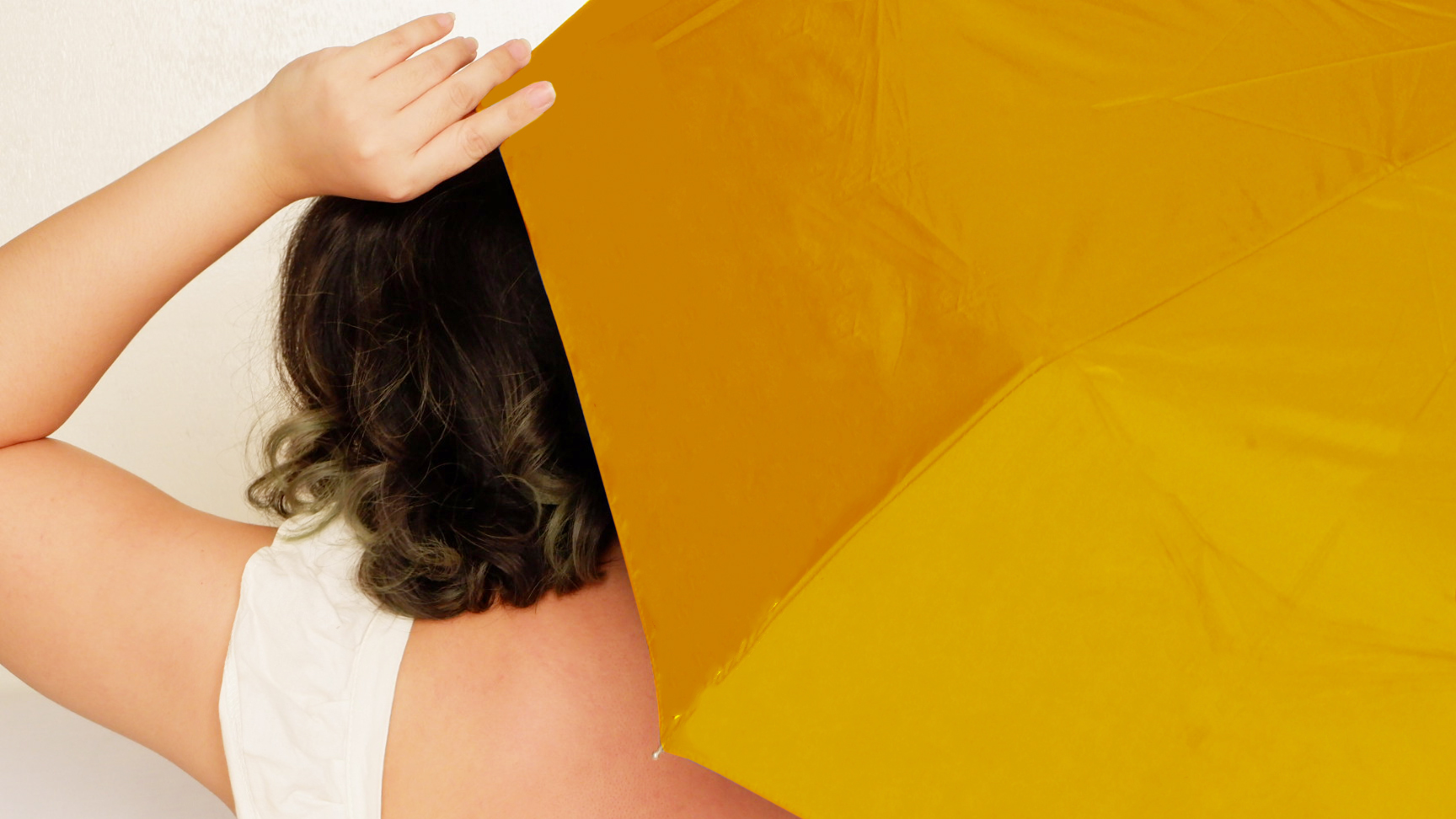

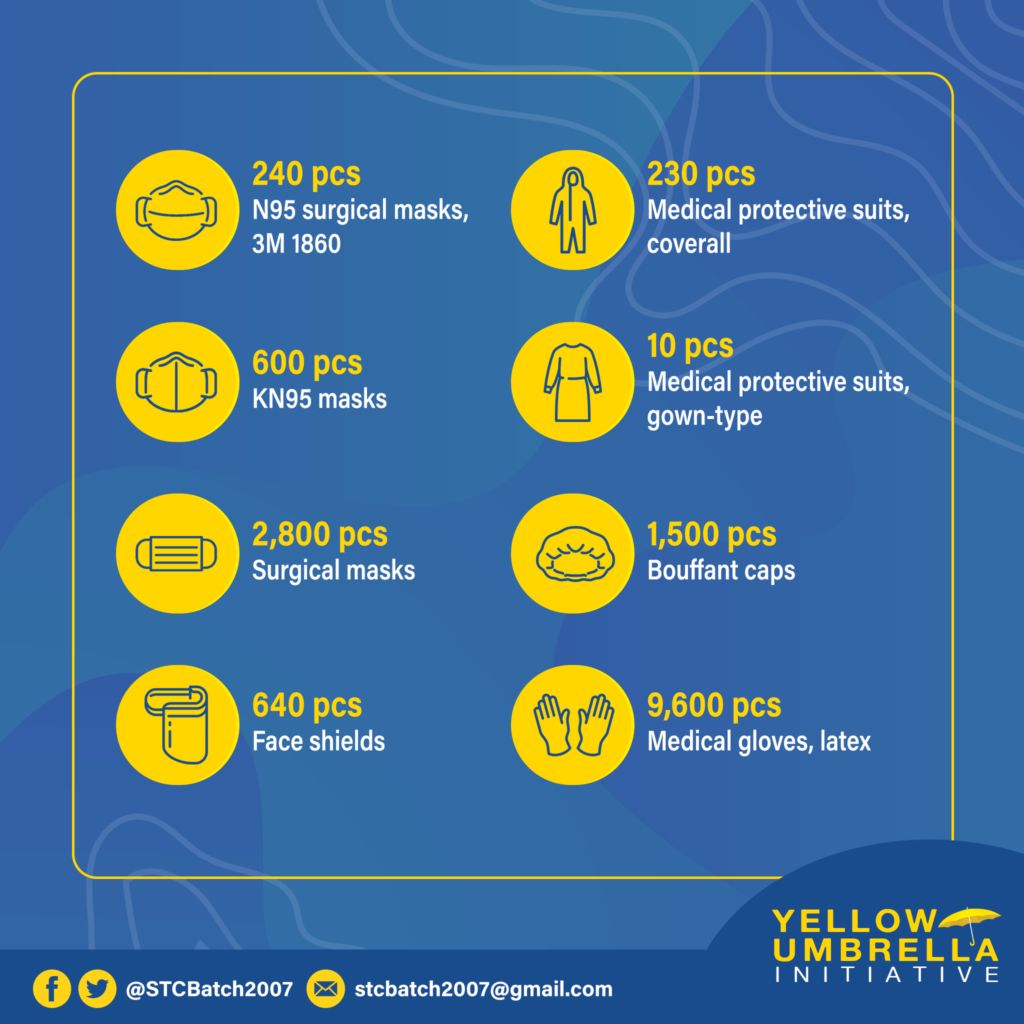

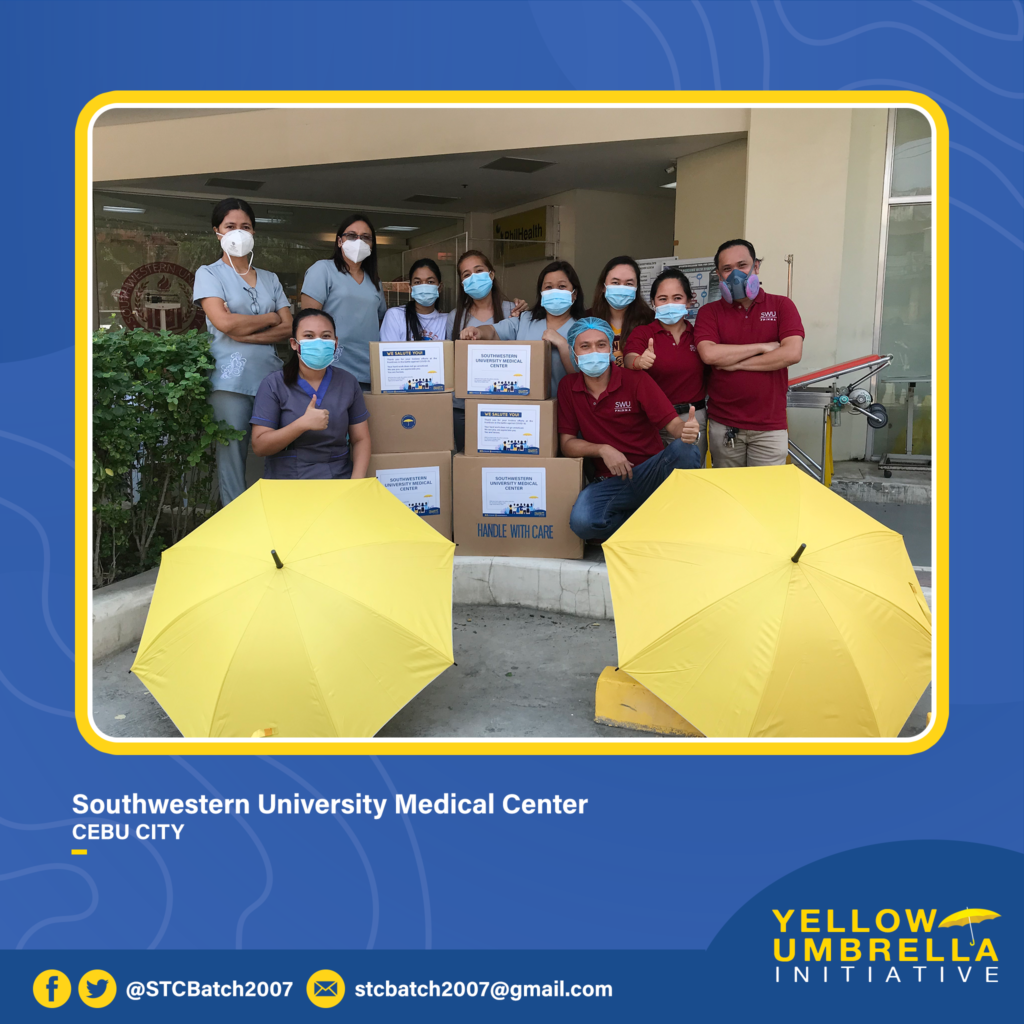
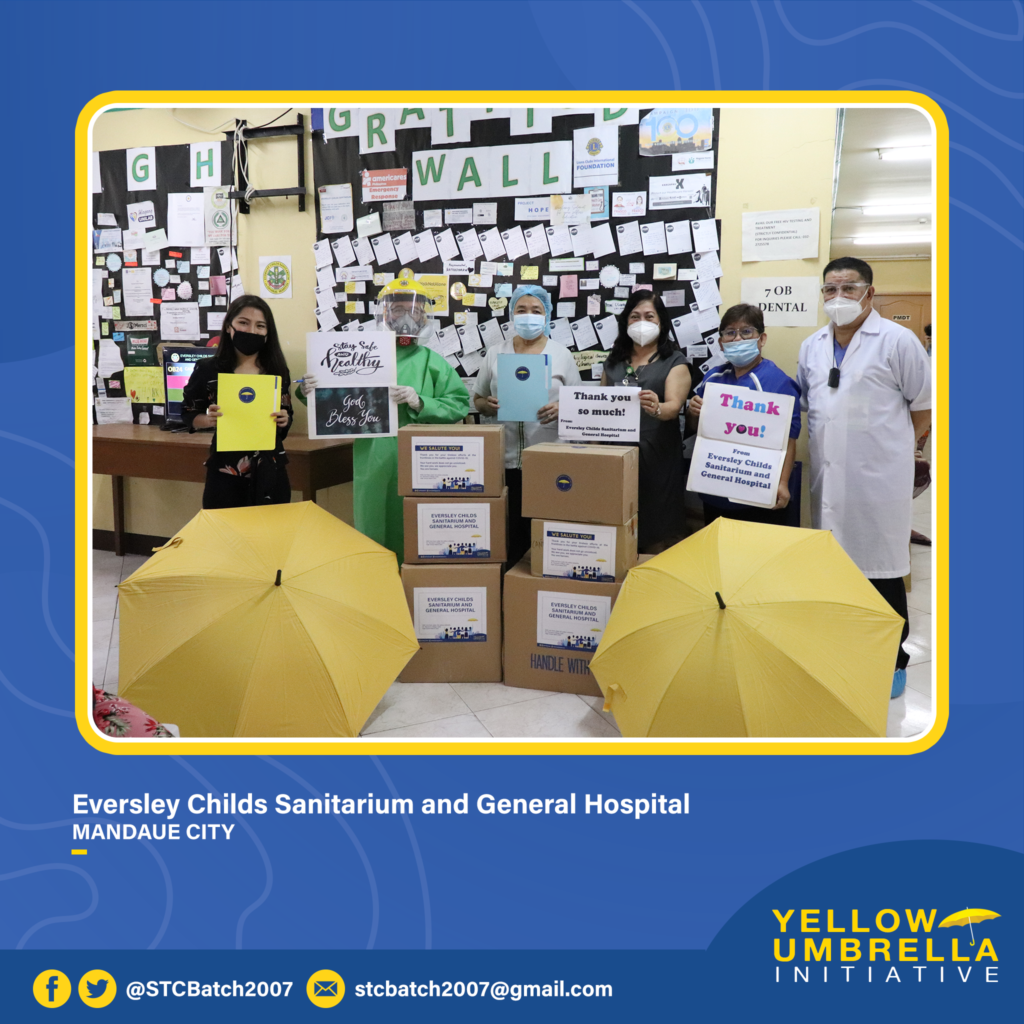

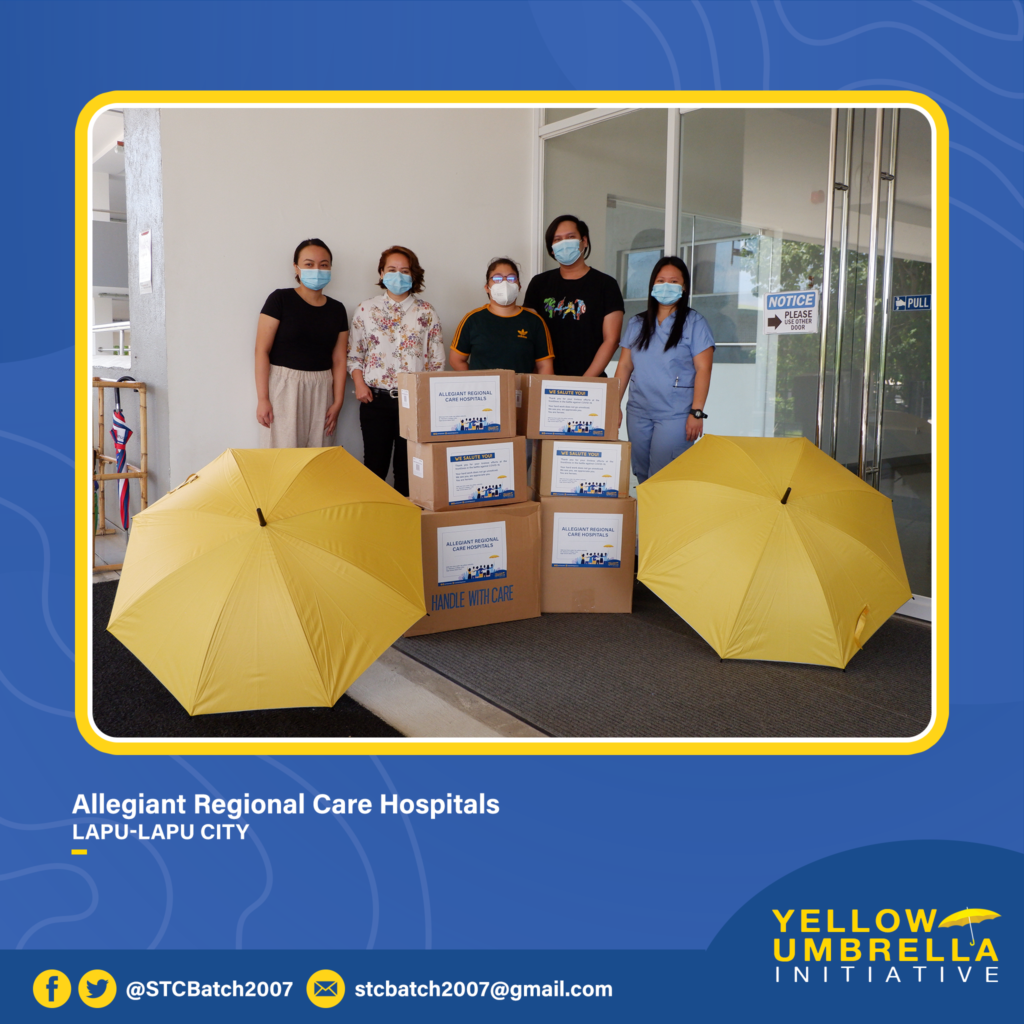

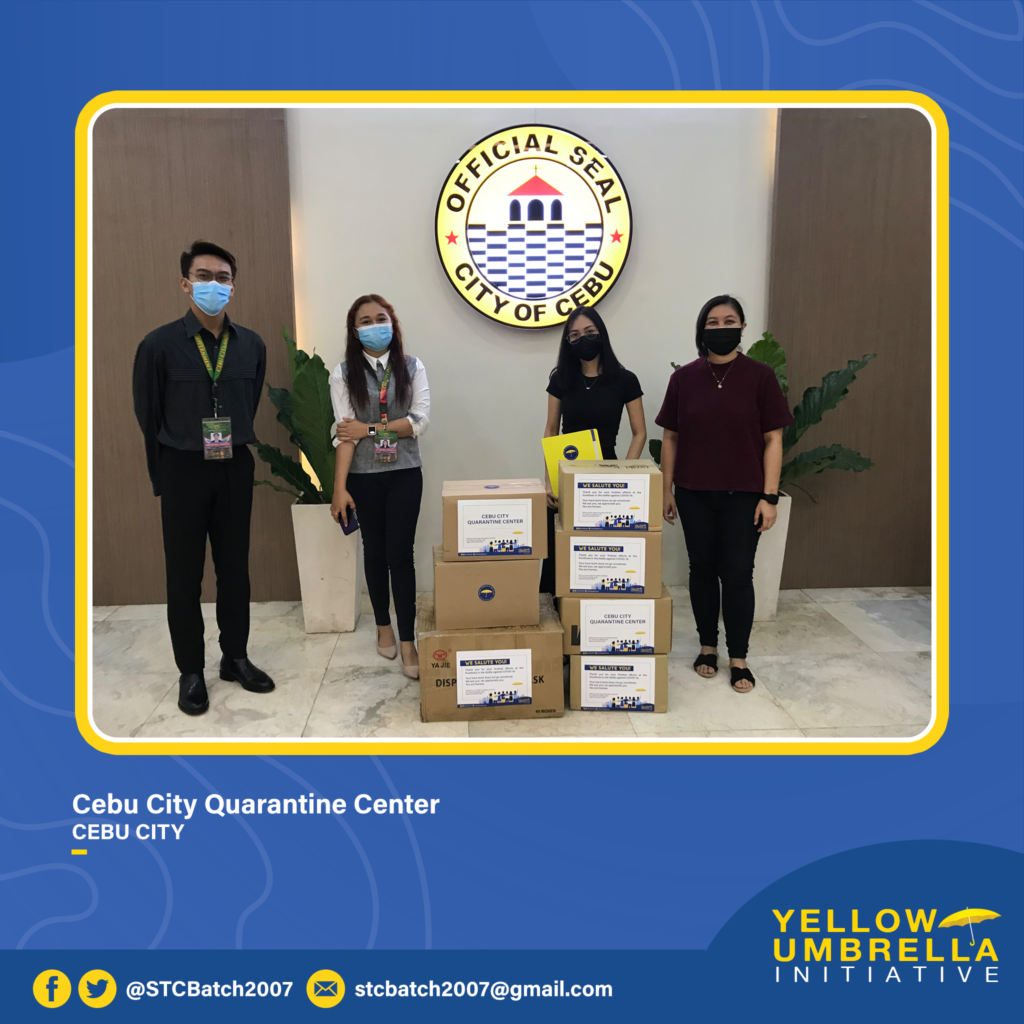
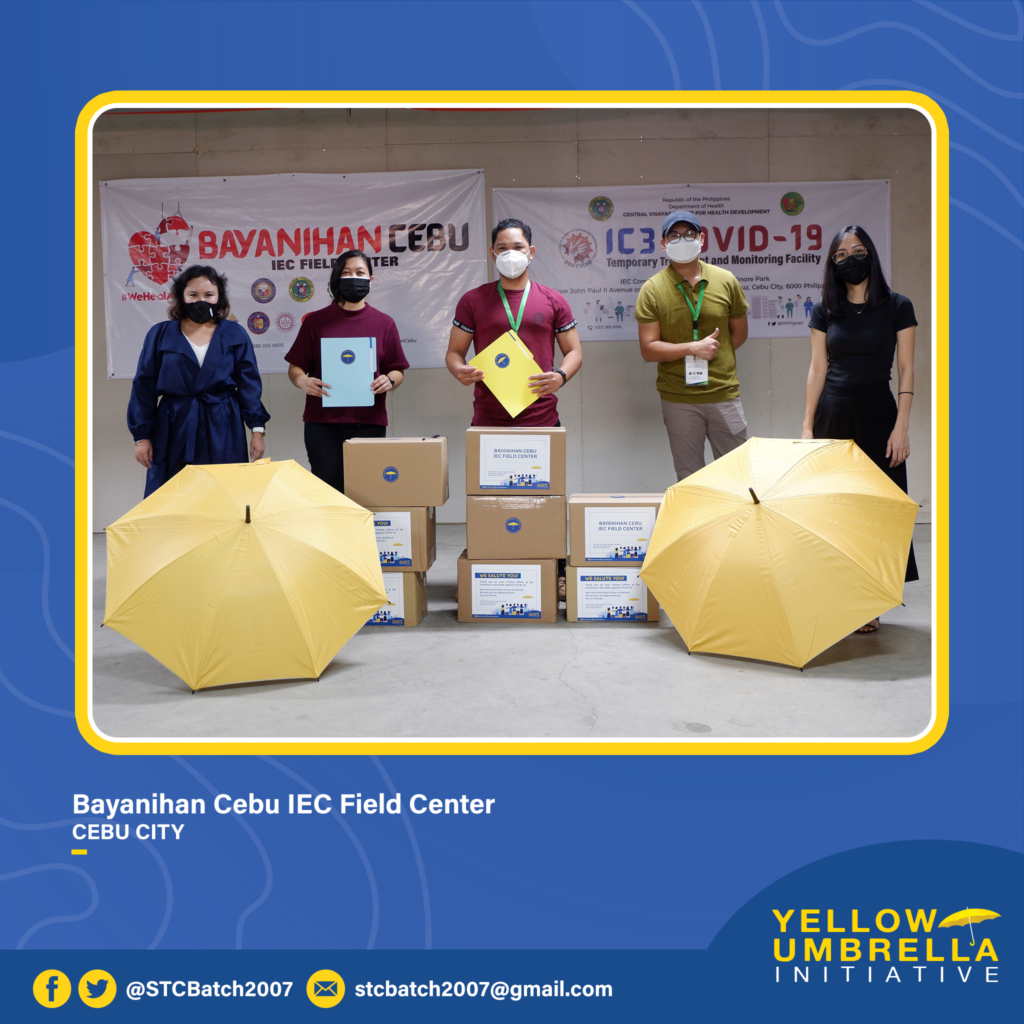
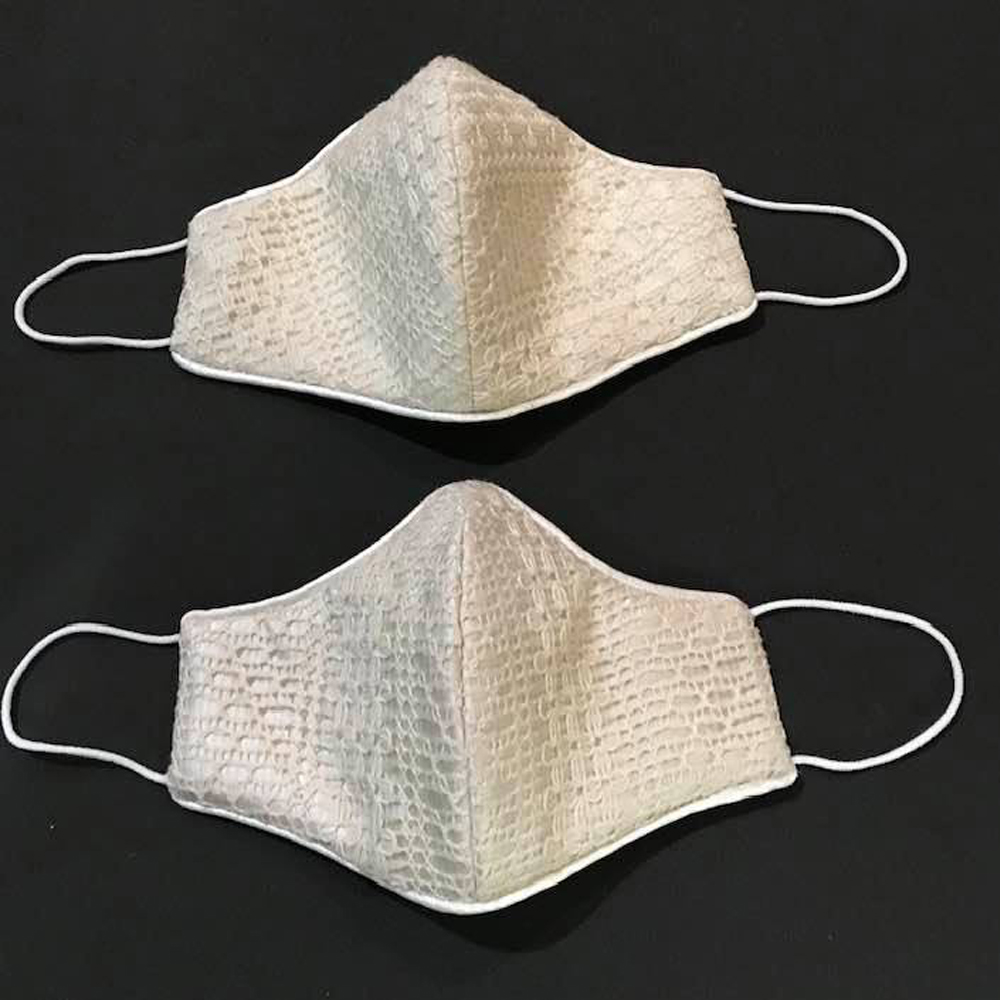


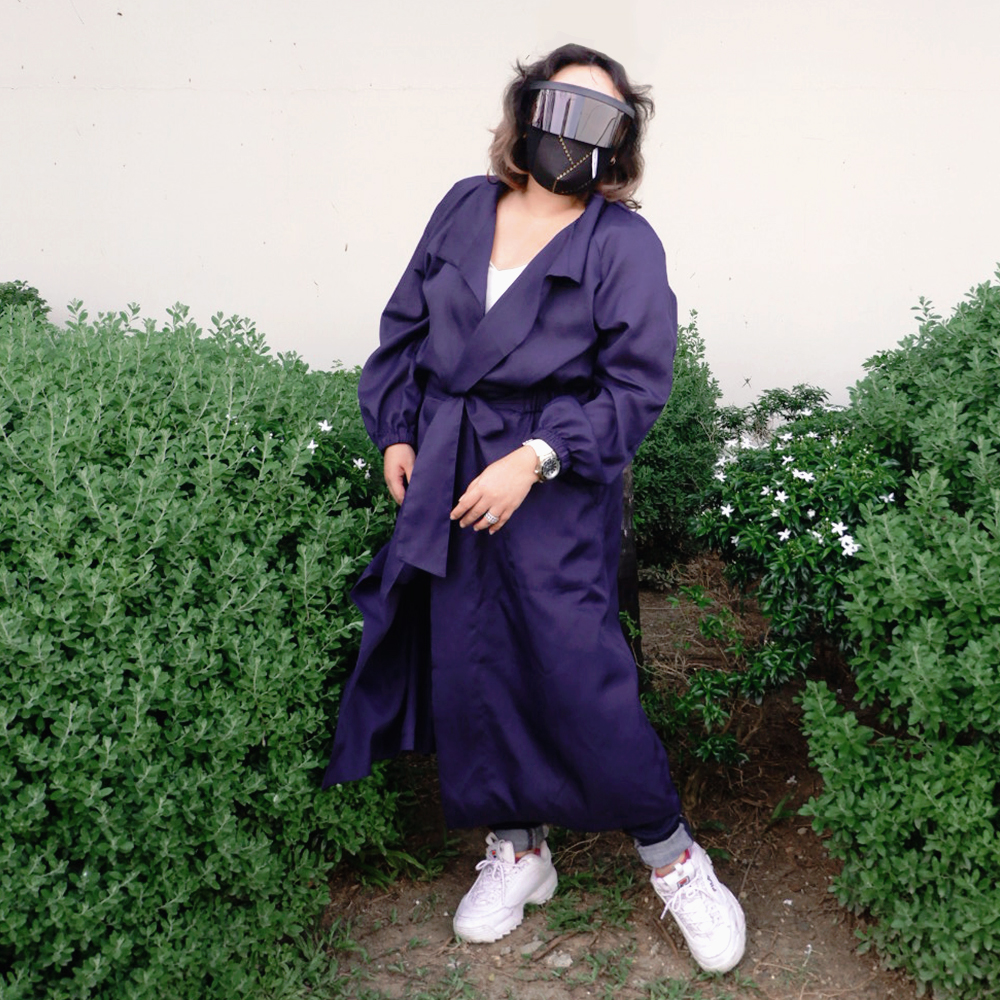
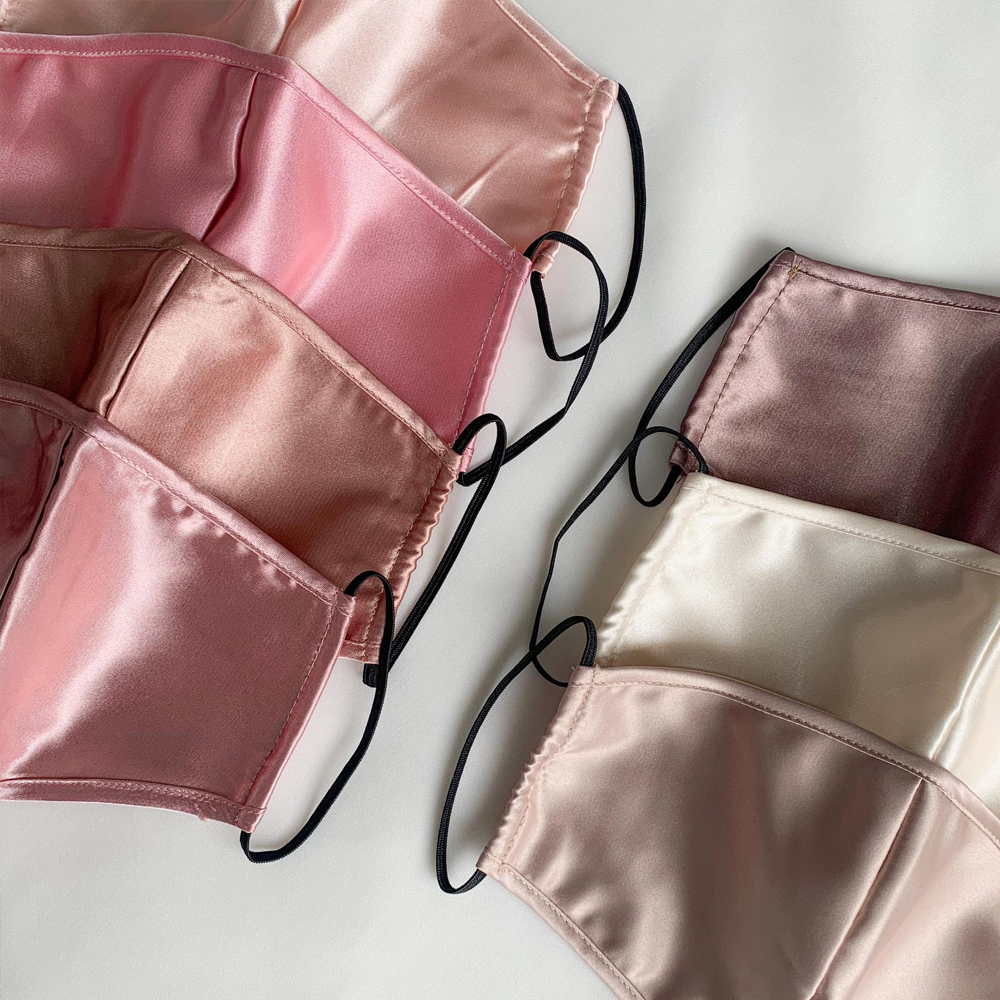

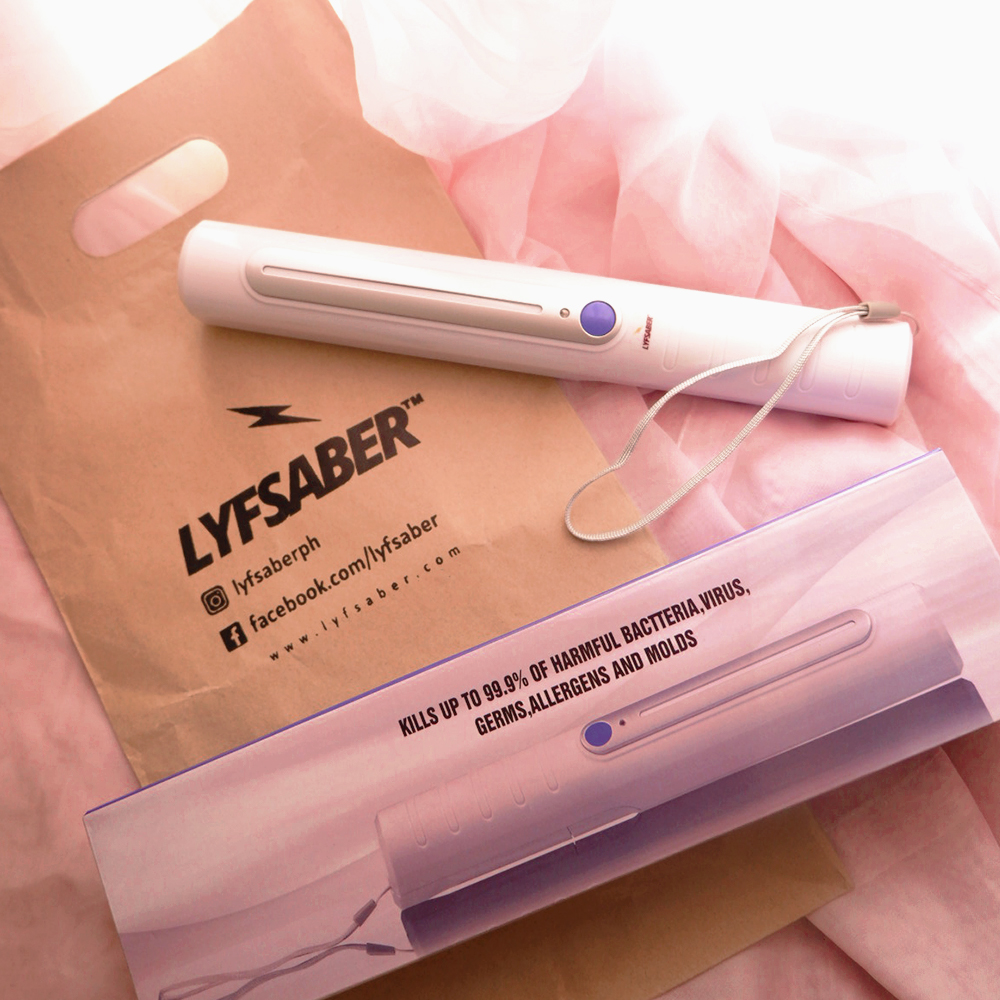

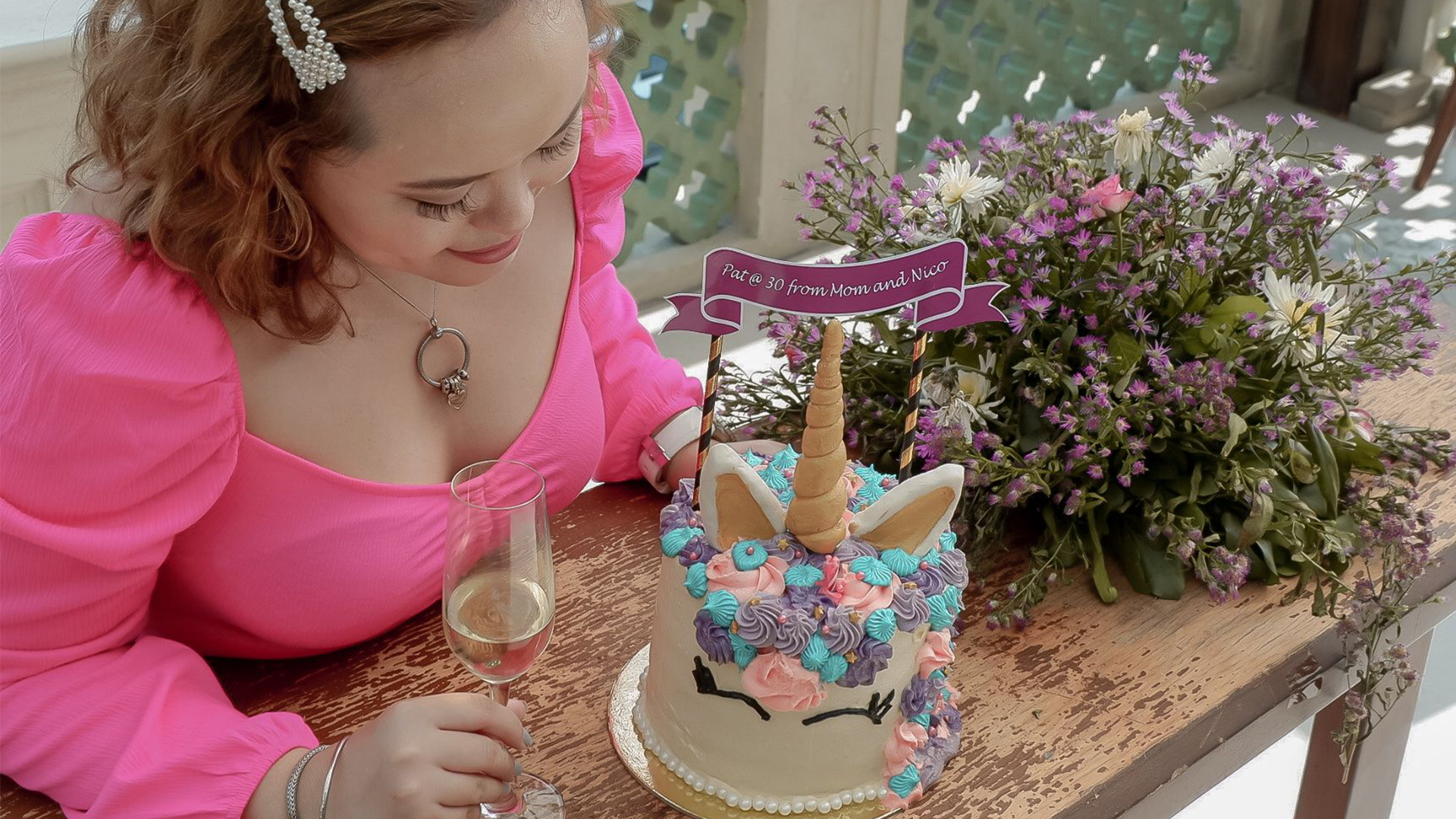
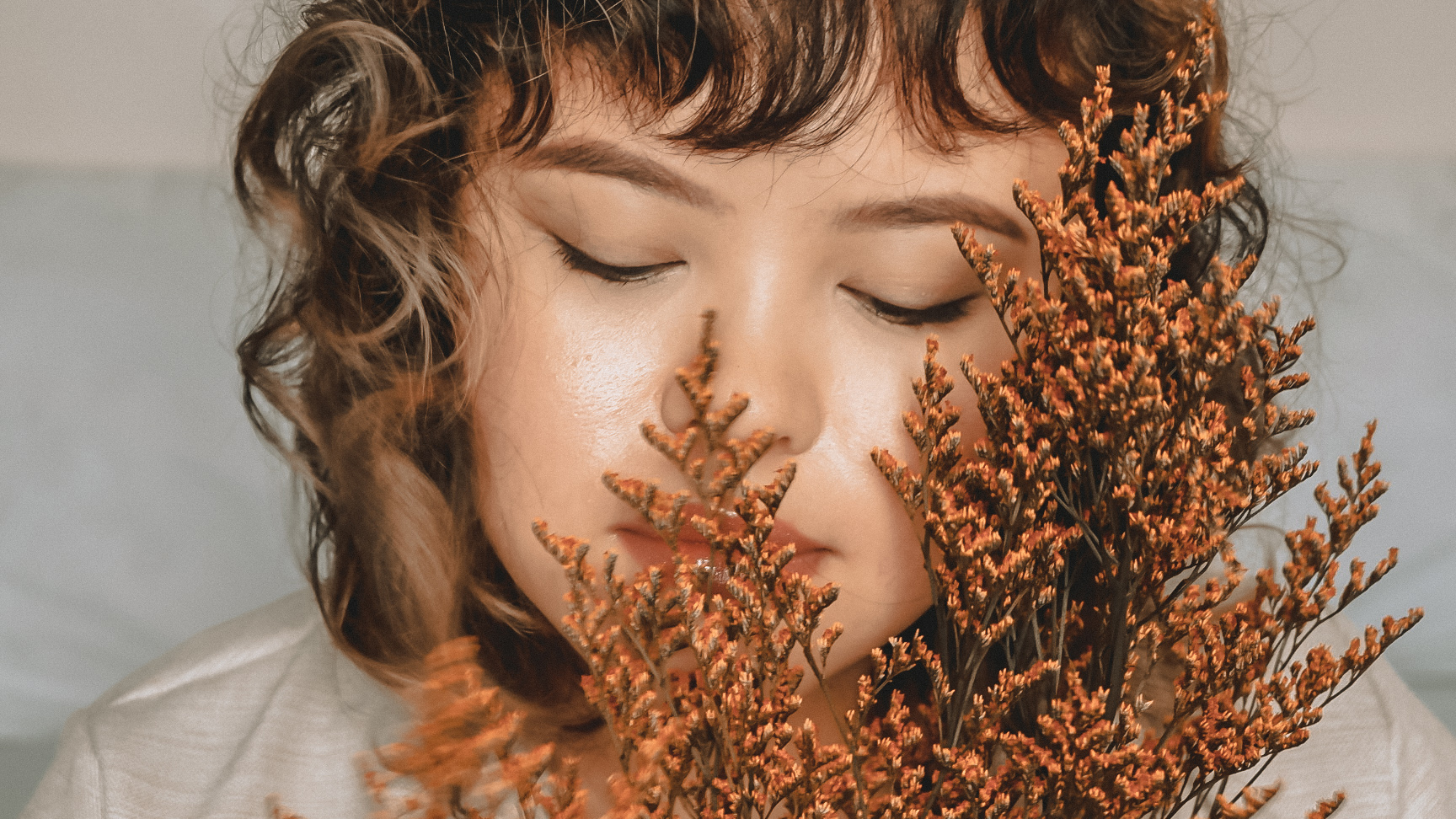
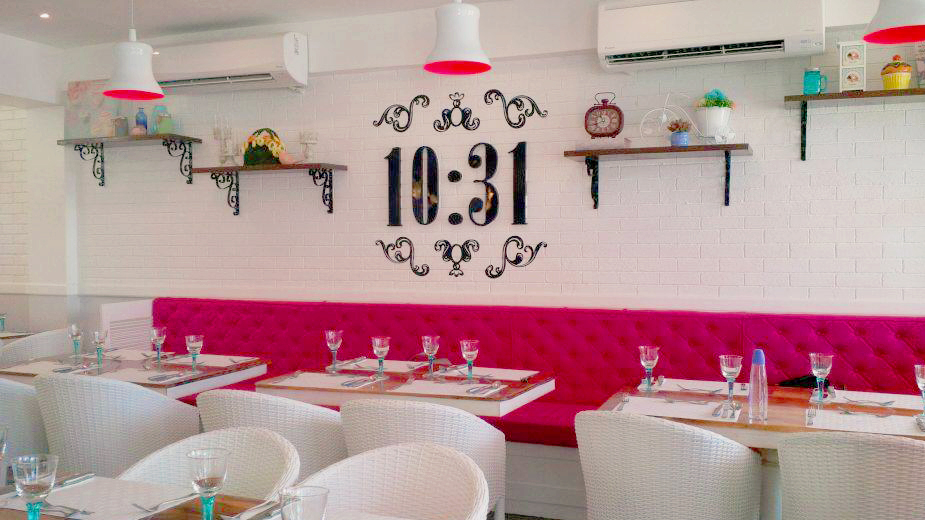
One thought on “Sharing a Yellow Umbrella”